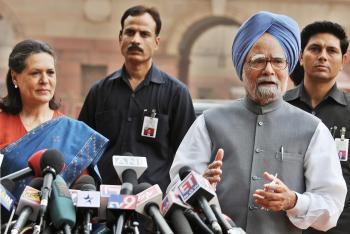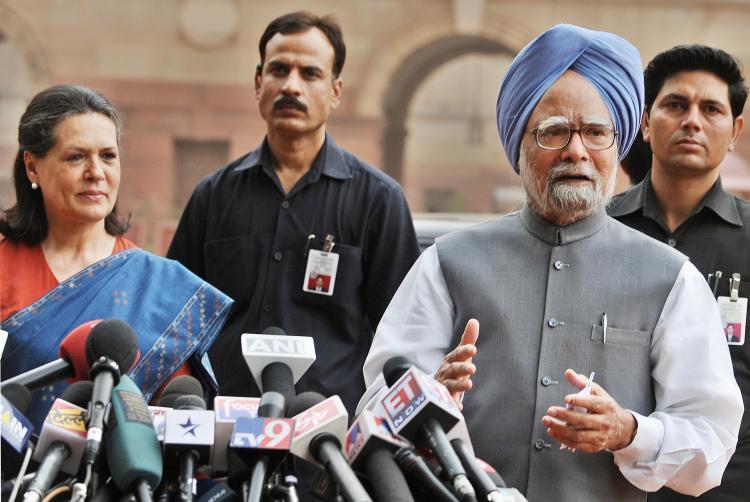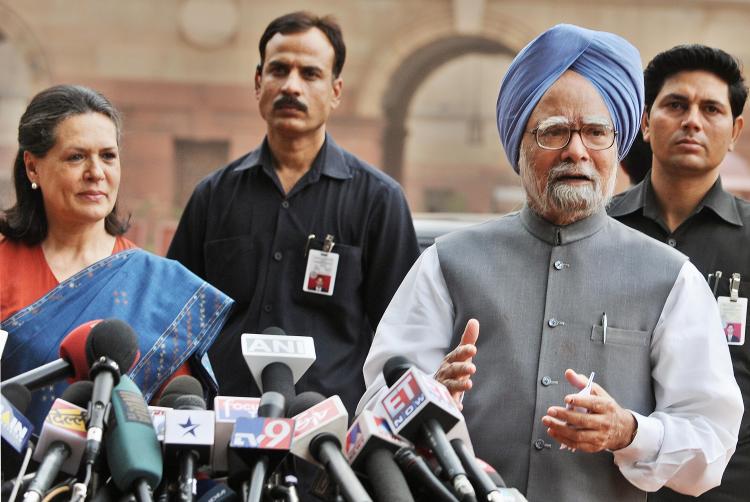India’s Congress is set to form a majority government. On Wednesday, India President Ms. Prabtibha Patel appointed Dr. Manmohan Singh as Prime Minister and asked him to form a government and name his cabinet.
Indian newspaper, The Hindu reported that Singh had submitted his stake to form the government with letters of support from 274 members, which is enough to form a majority government.
It also reported that three major partiesthe Bahujan Samaj Party (BSP), the Samajwadi Party, and the Rashtriya Janata Dal (RJD)had sent support letters directly to the president.
The support of those three parties means that the congress-led coalition now has 322 seats, which is a massive majority that lays foundation for a stable government over the next five years.
Singh is only the second Indian Prime Minister who is serving a second term after a full five-year term. Previous prime ministers have either had just one term in office or had their terms cut short by smaller parties in the ruling coalition, prompiting a mid-term re-election.
The country’s multi-party system means that the parties form coalitions as a result of the national elections, some of which are more fractured than others.
India’s largest stock exchange, the Bombay Sensex surged 17.3 percent on Monday, just following the announcement of the election results. The massive surge might have continued, but it was cut short by built-in security rules that cut short trading and closed markets for the day.






